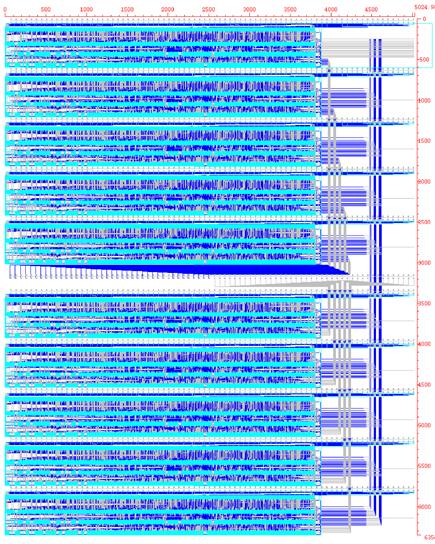|
Optoelectronic Processor Architectures
Optoelectronic computing, where a limited amount of electronic logic is combined with optical communication paths has shown to be able to achieve significant performance gains compared to purely electronic architectures. Our investigation was examining if similar performance gains could be achieved in complex processor architectures with large numbers of electronic logic gates connected using optical communication paths.
First, a novel method was developed that allowed to overcome problems in automated circuit design for such architectures. For the first time it was possible to develop of complex electronic logic interfaced with optical communication paths within an acceptable timeframe. The method was then used to develop and construct both an innovative highly parallel neural network architecture and a novel signal processing architecture based on digital electronic logic and optical interconnects.
Our current work focuses on high performance optoelectronic architectures for digital signal processing (DSP) applications, and has lead to the development of scalable transform processor architectures for the computation of one-dimensional Fast Fourier Transforms, and Discrete Cosine Transforms using fixed point arithmetic. Both shared and distributed memory architectures are under continuous development and benefit from a novel approach to partitioning fast transform algorithms onto parallel hardware in one or more devices.
These architectures have demonstrated a performance potential of one magnitude higher than an equivalent architecture based on purely electronic circuits. This makes such architectures particularly suited to real-time image processing applications.
Contact: Dr. Klaus D. McDonald-Maier

Optoelectronic IC of one MLP-Layer with 10 Neurons
This page was last modified on 08-04-04.
|
